
Stories about Uncle Ho's memorabilia related to Dien Bien Phu campaign
Latest
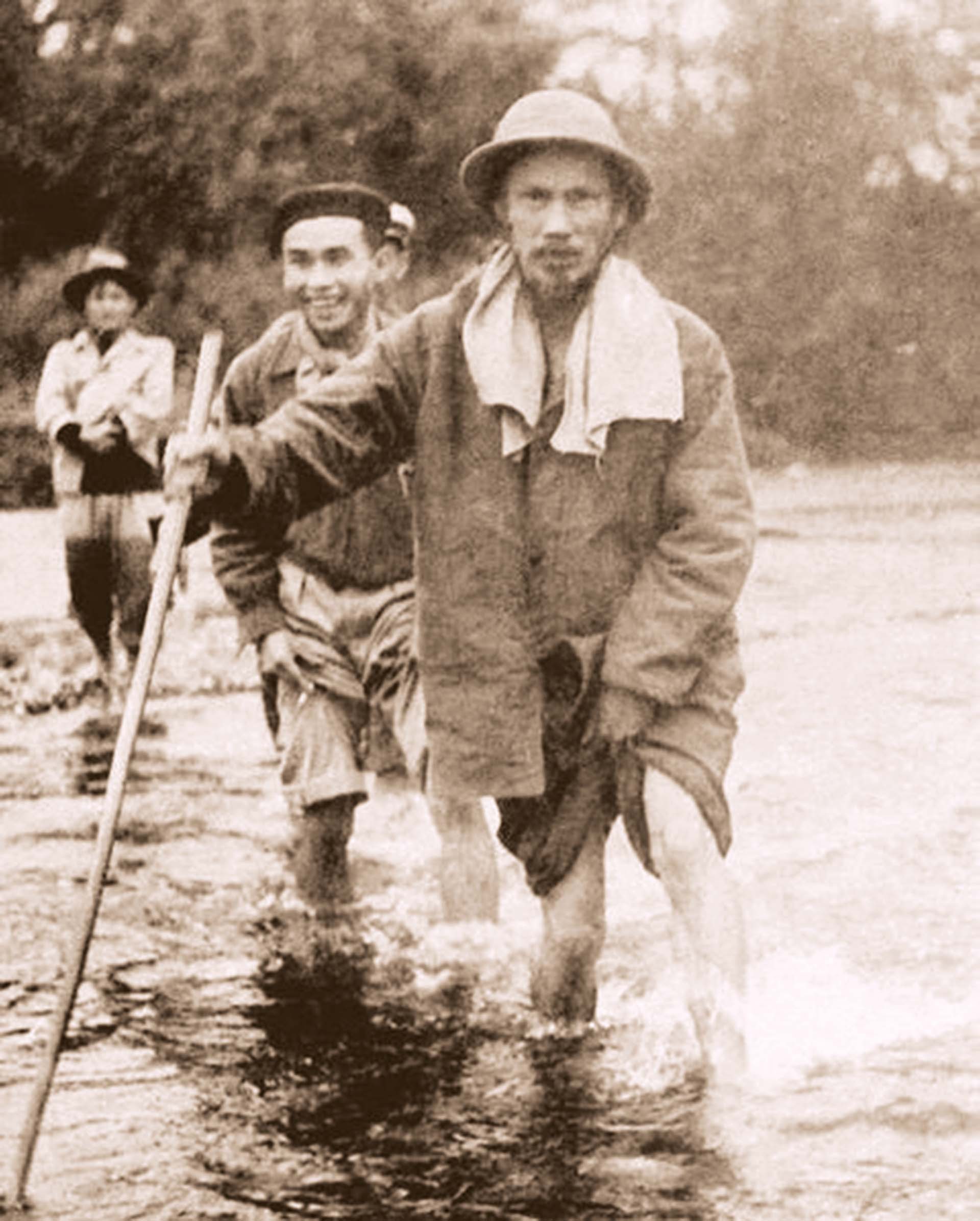 |
| Pith helmet worn by Uncle Ho on his working trip in Viet Bac in 1951. (Photo: Ha Anh) |
Each memorabilia is a story about a moment in history, about President Ho Chi Minh and the soldiers and heroes related to Dien Bien Phu campaign.
The pith helmet and the hammock
According to Mr. Le Van Nhuong, an officer of the Presidential Palace Office, the pitch helmet was attached to President Ho Chi Minh during the anti-French period (1946-1954). This hat has an outer brim circumference of 94 cm, an inner brim circumference of 54 cm, the longest length is 33 cm and the outside is covered with khaki fabric.
| More from WVR |
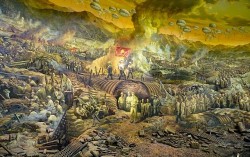 Dien Bien Phu Victory from international perspectives: Foreign scholars Dien Bien Phu Victory from international perspectives: Foreign scholars |
Mr. Vo Truong, one of former body guards of President Ho Chi Minh during the Resistance War against the French (1945-1954), also said that a parachute string hammock was used by Uncle Ho during his mission travel, from Tan Trao to De mountain pass, Lat pass, Coc citadel, Chiem Hoa, Na Hang (Tuyen Quang). When Uncle Ho went on mission tour, he always brought with him a hammock to use for his lunch break.
This hammock is woven with many small white parachute strings, the hammock's trellis hole size is 4x4cm square, the two ends of the hammock are many small parachute cords woven into a hammock loop with an additional small loop at one end of the hammock (perhaps to reinforce the hammock).
The pitch helmet and hammock were old and frayed, and had been kept by the Office of the Presidential Palace until 1970, then handed over to the Ho Chi Minh Museum for preservation until now.
The above artifacts are evidence of Uncle Ho's life in the Viet Bac War Zone. Those iconic images are deeply engraved in the soul of every Vietnamese person about a leader wholeheartedly serving the people, living his whole life cherishing the independence, freedom, and happiness for the people.
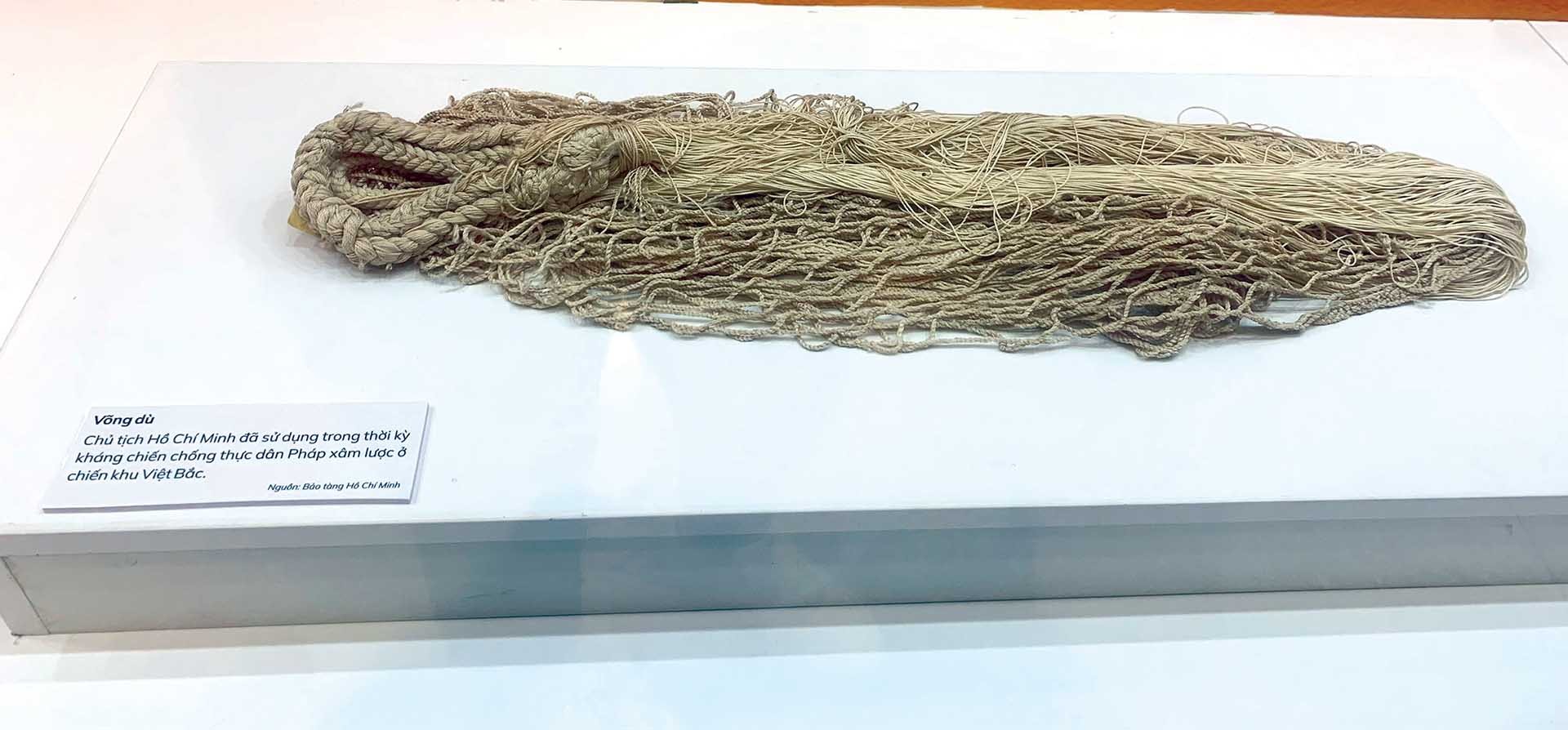 |
| The parachute string hammock used by President Ho Chi Minh on display at the Ho Chi Minh Museum. (Photo: Ha Anh) |
Lieutenant General Pham Kiet's carbine
Lieutenant General Pham Kiet's real name is Pham Quang Khanh (1910-1975) from Quang Ngai. At the end of 1949, he was dispatched from the South Central battlefield to Viet Bac to go to China for further military knowledge. However, when he arrived in Viet Bac, realizing the demands of the battlefield, he asked to stay and fight, participating in the Border (1950) and Hoa Binh campaigns (1951-1952) and made great contributions in the Dien Bien Phu campaign (1954).
After the Border campaign in 1950, President Ho Chi Minh was offered a carbine as a trophy, the number was 585440. One day, Uncle Ho called Mr. Kiet to work, then gave him the carbine. and said: “You are a person who goes into battle, you need this more than Uncle, Uncle gave it to you.”
Along with the mission of being in charge of bodyguard, Pham Kiet was sent by General Vo Nguyen Giap to inspect the battlefield preparation in the Northeast.
The carbine 585440 has been preserved, highlighted and introduced by the Vietnam Military History Museum to present and future generations.
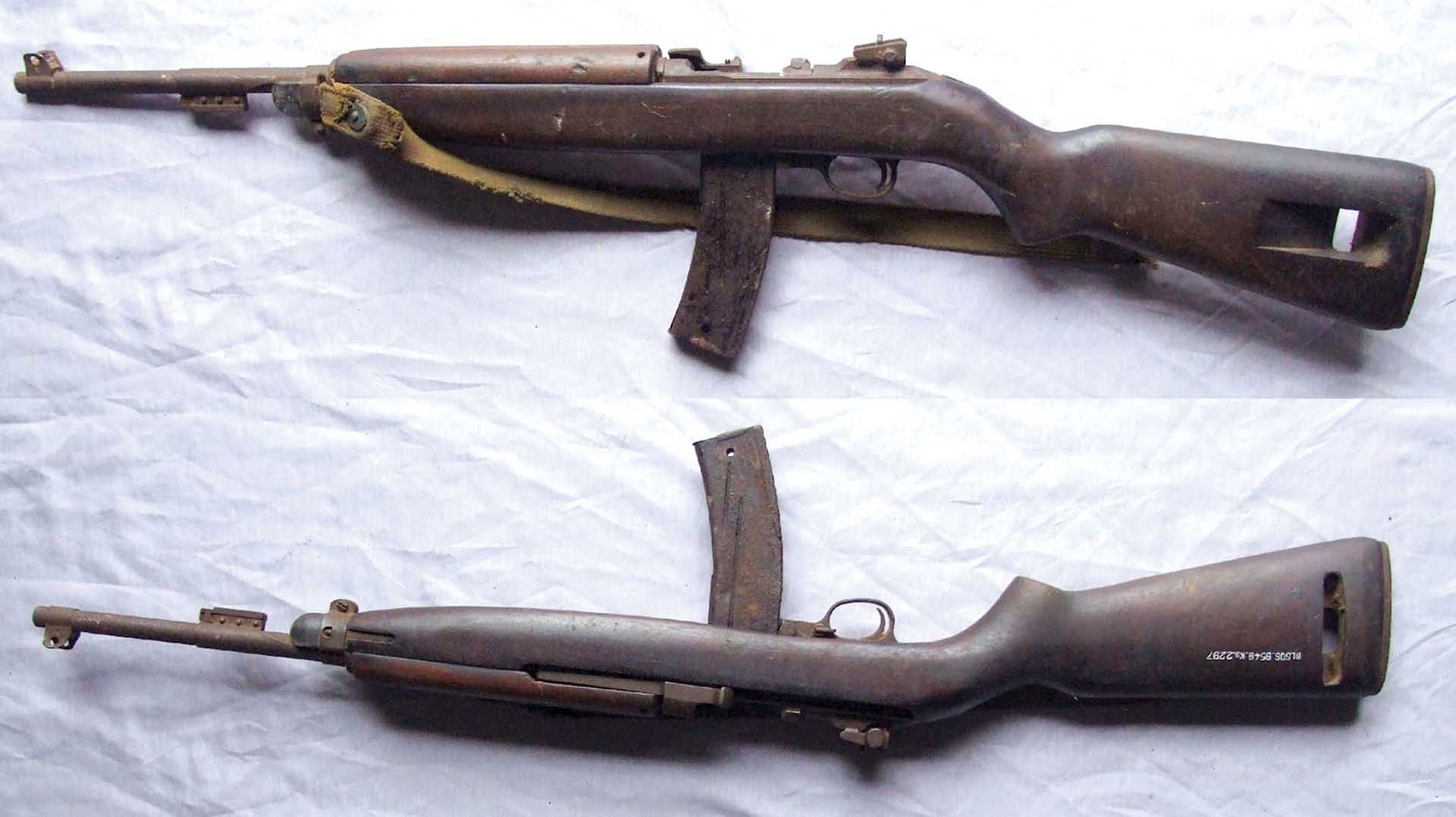 |
| The carbine offered to Lieutenant General Pham Kiet by President Ho Chi Minh in 1950. (Photo: Ha Anh) |
Telephone set of General Vo Nguyen Giap
With absolute trust, General Vo Nguyen Giap was assigned by President Ho Chi Minh to be the Commander-in-Chief of the Dien Bien Phu campaign - a decisive campaign in the resistance war against the French colonialists.
To ensure the confidentiality of military information and to prepare forces and countermeasures for battle and proceed with the next strikes, the communications and reports with President Ho Chi Minh and the Party Central Committee was a top priority. General Vo Nguyen Giap used this telephone to give orders and commands during the Dien Bien Phu campaign in Muong Phang in 1954.
The telephone was the link and means of communication between President Ho Chi Minh, the Party Central Committee and the General, as well as ensuring communication between the General and the Companies and military bases on the battle front. The telephone accompanied the General by side and contributed significantly to the turning points and successes of the Dien Bien Phu campaign.
Honor Badge awarded to soldier Hoang Dang Vinh
During the Dien Bien Phu campaign, President Ho Chi Minh and the Party Central Committee closely monitored the situation on the battlefield, cared for, encouraged and promptly encouraged the soldiers those who were the heroes of days and nights, “digging the mountains, sleeping in underground tunnels, soaking in rain, squeezing the body while having meals” to fight for the independence and freedom of the country.
Before the Battle of Dien Bien Phu, Uncle Ho awarded the flag of “Determined to fight, Determined to win” as a circulating reward to encourage and demonstrate his faith in the soldiers and people on the Dien Bien Phu front. He also gave each officer and soldier at the front a beautiful drinking mug with two bold lines of bright red letters printed on it: “Decisive to accomplish my mission”.
To promptly encourage and empower the troops to overcome difficulties and defeat the enemy at Dien Bien Phu, right from the opening attack, on March 11, 1954, before the troops opened fire to attack the Him Lam Hill base, President Ho Chi Minh sent a letter of encouragement to the soldiers of the Dien Bien Phu Front.
| More from WVR |
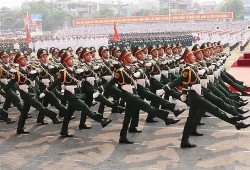 Final rehearsal for Dien Bien Phu Victory celebration held Final rehearsal for Dien Bien Phu Victory celebration held |
After the historic battle of Dien Bien Phu, a number of typical soldiers representing the Army Corps were sent by the Front Command to report on the performance, accomplishments to the Party Central Committee and President Ho Chi Minh. It was also an opportunity for the soldiers of the entire army corps to congratulate Uncle Ho’s happy birthday.
To congratulate the glorious accomplishment of Dien Bien soldiers, during a meeting with the delegation of officers and soldiers who made outstanding performance in the Dien Bien Phu campaign, President Ho Chi Minh presented commendation awards.
President Ho Chi Minh himself affixed the honor badge to soldier Hoang Dang Vinh, a native from Hung Yen, belonging to Company 360 - at that time he was the youngest soldier, the one who captured General De Castries. At the same time, he was also one of the honored delegates to congratulate Uncle Ho on his birthday. He was awarded the First Class Victory Medal and pinned with a honor badge of victory by Uncle Ho.
Mr. Vinh told the story that the awards from President Ho Chi Minh given to Dien Bien soldiers at that time comprised of Soldier's Medal (later renamed Victory Medal), Medal of Merit, Medal of Honor. Dien Bien Phu Soldier badge, President Ho Chi Minh badge, and Red Star Medal.
In the minds of the soldiers of Dien Bien at that time, they never forgot Uncle Ho's reminders: “Today, Uncle Ho, on behalf of the Party and the Government, we award the soldiers who achieved outstanding accomplishments in the Dien Bien Phu campaign a Victory Medal. It is me, Uncle Ho who would like to offer each of you my grandchild a red star and a honor badge.”
The noble reward was not only for excellent returning soldiers, after the campaign, the Dien Bien honor badge and President Ho Chi Minh star badge were also given to wounded and sick soldiers and the families of fallen soldiers, martyrs; to express gratitude and pass on to the future generations the memories of a heroic period with those who sacrificed their blood and bones to a great, illustrious victory in five continents, seismic event shaking the earth.
Mr. Hoang Dang Vinh's President Ho Chi Minh honor badge is of round shape, 2.2 cm in diameter, with a red flag bearing a yellow star, in the middle of the badge is a printed picture of President Ho Chi Minh. Some details printed on the badge have peeled off and become stained due to time.
On December 21, 1976, after visiting President Ho Chi Minh's residence and workplace, Mr. Hoang Dang Vinh decided to offer this precious gift to the Ho Chi Minh Museum to preserve and promote its memorabilia value for the future generations.

















